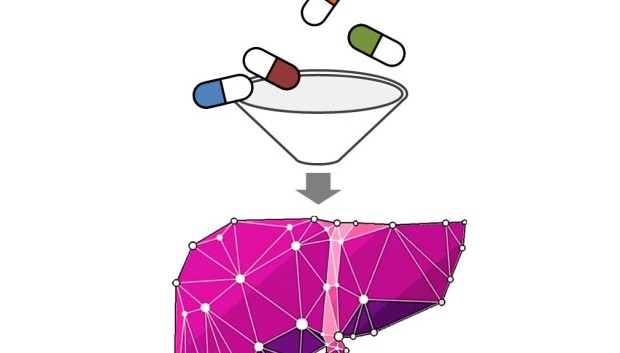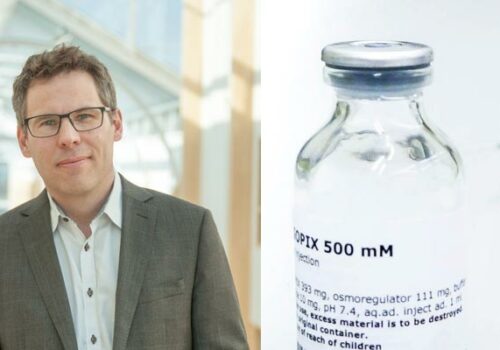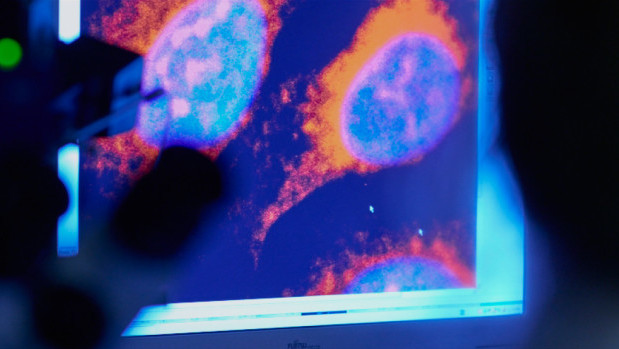Researchers at KTH Royal Institute of Technology are planning a clinical trial of a new treatment for nonalcoholic fatty liver disease and type 2 diabetes which harnesses liver cells’ own ability to burn accumulated fats.
In a study involving 86 people with varying degrees of fatty liver disease, researchers from KTHScience for Life Laboratory(SciLifeLab) research center and Gothenburg University found that the liver has the ability to burn up accumulated fats. The researchers propose a mixture of substances that will set this process in motion. The team’s metabolic modeling approach, which relied on data from Swedish-based Human Protein Atlasproject, can be used for a number of chronic liver diseases.
“Our approach combined systems biology and clinical medicine in a manner not previously done,” says Adil Mardinoglu, KTH Assistant Professor Adil Mardinoglu, a SciLifeLab fellow.
The researchers mapped the metabolic changes caused by accumulated fat in 86 patients’ liver cells, and combined this data with an analysis of a genome-scale model of liver tissue. Doing so enabled them to identify the precise metabolic changes individual patients’ liver cells undergo due to fat. Based on the results from the study, an improved intervention using a portfolio of substances has been designed. “This mixture can potentially decrease the amount of the fat accumulated in the liver,” Mardinoglu says. “There is no such drug available at present and we are planning for further clinical trials later this year.”
The researchers believe that the mixture of substances could also be used to treat accumulated liver fat due to alcoholic fatty liver disease and type 2 diabetes.
“Considering NAFLD and diabetes are common conditions that regularly co-exist and can act synergistically to drive adverse outcomes, such a mixture of substances might also be used in the treatment of subjects with diabetes,” says co-author, Ulf Smith of University of Gothenburg.
“I am extremely pleased that the resource created through the Human Protein Atlas effort has been used in the analysis of clinical data obtained from NAFLD patients, and that this analysis has led to the design of a mixture of substances that can be used for treatment of this clinically important patient group,” said professor Mathias Uhlén, co-author.
The cocktail burned up fat in liver cells in a proof of concept test on human patients with nonalcoholic fatty liver disease. (Image: courtesy of Adil Mardinoglu)







